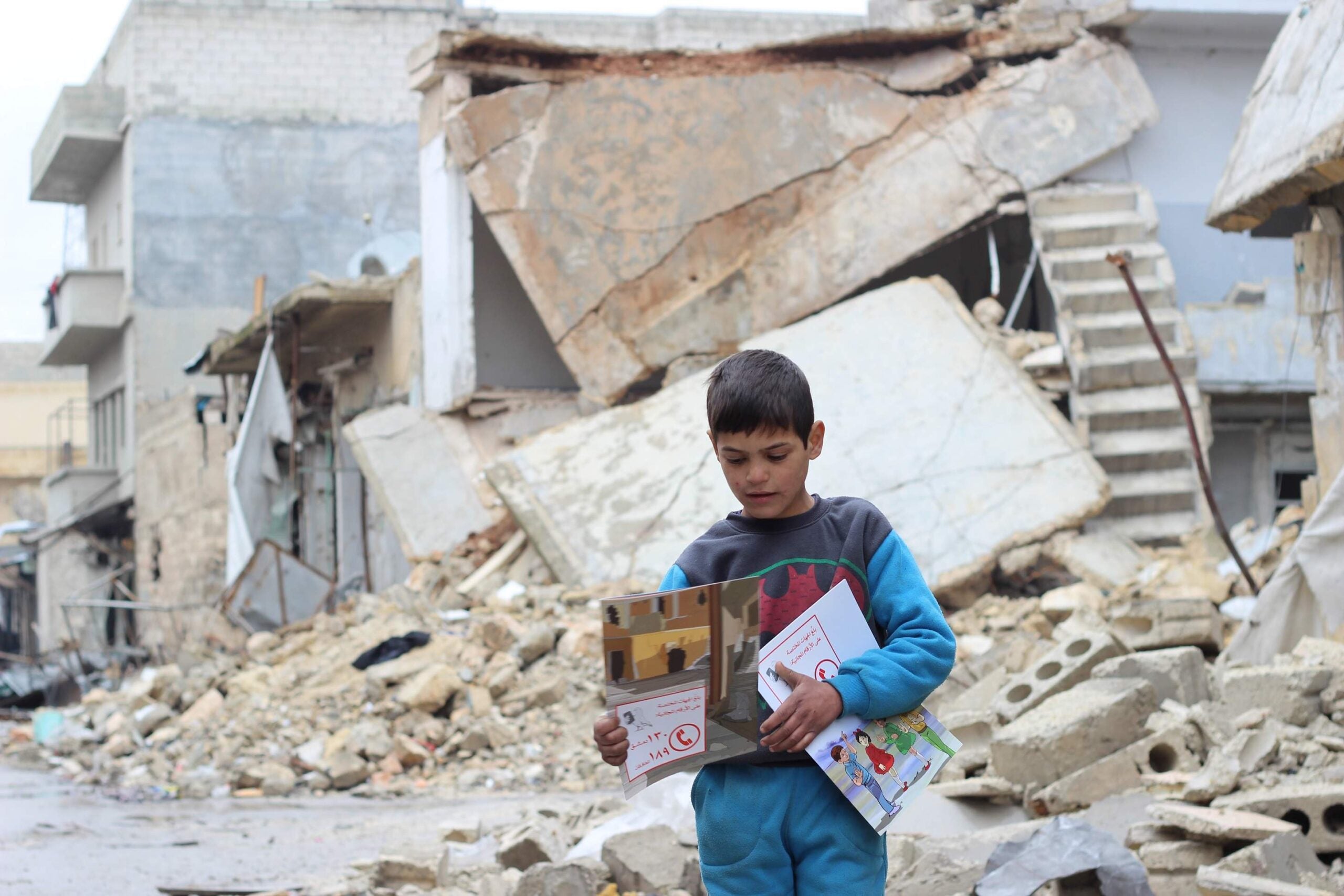
As Syria’s civil war enters its sixth year, violations against children in Syria were the highest on record in 2016.
Unicef has said there has been a “drastic escalation of violence” across the country with verified instances of children being killed, maimed or recruited in the conflict.

Access deeper industry intelligence
Experience unmatched clarity with a single platform that combines unique data, AI, and human expertise.
Geert Cappelaere, Unicef regional director for the Middle East and North Africa, said:
The depth of suffering is unprecedented. Millions of children in Syria come under attack on a daily basis, their lives turned upside down. Each and every child is scarred for life with horrific consequences on their health, well-being and future.”
These are the numbers you need to know
1. 652
At least 652 children were killed in 2016, a 20 percent increase on 2015. Of the 652 killed, 255 children were killed in or near a school.

US Tariffs are shifting - will you react or anticipate?
Don’t let policy changes catch you off guard. Stay proactive with real-time data and expert analysis.
By GlobalData2. 850
More than 850 children were recruited to fight in the conflict, more than double the number recruited the year before. Children are being used to fight on the front lines, as suicide bombers and even executioners.
3. 280,000
There are an estimated 280,000 children living under siege in Syria, almost completely cut off from humanitarian aid.
4. 2.3m
It is thought over 2.3m children are living as refugees in countries including Egypt, Iraq, Jordan, Lebanon and Turkey as families are taking extreme measures to escape the conflict.
5. 6m
After six years of civil war, nearly 6m Syrian children are now dependent on humanitarian assistance, a twelve-fold increase from 2012. Access to medical care and other basic services remains difficult, particularly in hard-to-reach areas of the country.
What’s being done about it?
Unicef is appealing to all parties in the conflict, as well as the international community, to bring an end to the fighting. The organisation has asked for governments to provide support for refugees, particularly those who are vulnerable and without parents.
Last week, the UK government capped the Dubs scheme, which allowed vulnerable children to seek refuge in the UK, to 350 places. This was because local councils apparently can’t accommodate any more children, despite many disagreeing with this.
George Graham, director of conflict and humanitarian policy, advocacy and campaigns at the charity Save the Children, said:
Removing safe, legal and regular routes to the UK, such as the Dubs scheme, risks pushing children into the hands of traffickers and people smugglers.
It is essential that the Government now ensures that the system for reuniting children with family in the UK works effectively, so that they are not left languishing in squalid conditions at risk of exploitation, as children are today across Europe.”







